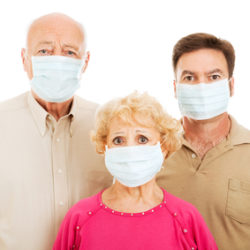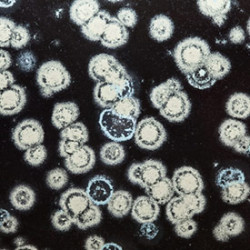Can You Get Asthma from Mold Exposure?

Can Mold Give You Asthma?
As many asthma sufferers will tell you, mold and fungus can trigger their symptoms with a vengeance. The rest of us should also be concerned because there’s also a link between mold exposure and asthma symptoms in people who have never been diagnosed with asthma.
The common early symptoms of mold-related asthma include:
• Shortness of breath, and discomfort when breathing
• Tightening of the chest
• Wheezing and coughing
• Feeling of tiredness or lack of oxygen when exercising
If your home has a mold or fungus problem and someone in the family already has asthma, their symptoms and asthma attacks can become more frequent and severe.
Treatment for Mold Exposure and Asthma
Take action quickly to get treatment for both the mold problem and mold-related health issues. See a doctor and be sure to mention the mold issues at home, as it may help him diagnose the cause of the symptoms and prescribe an appropriate treatment protocol.
For the mold and fungus exposure, it’s best to seek professional service. Normal household cleaning cannot kill toxins that may be deep within the walls or inside of surfaces.
Modern mold treatment is less invasive and less expensive than traditional methods. Our bio remedial mold treatment avoids the need to open up walls and replace drywall. Instead, we use a safe anti-microbial treatment and apply a polymer seal to trap the mold spores and prevent them from causing further respiratory problems.
In addition to seeking appropriate medical care, contact us at Stern Mold to ask about our NJ and NYC mold treatment services. Our faster, simpler, guaranteed mold treatment is an important first step toward preventing mold-related asthma problems.



